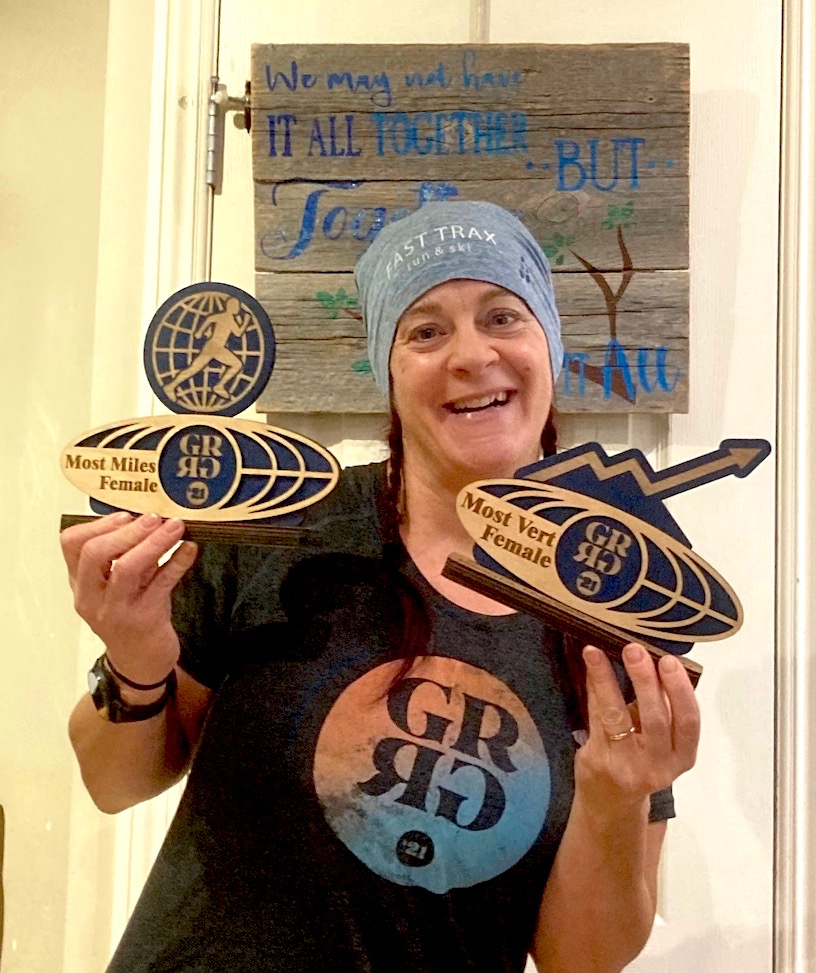
Sherrer-Townsend poses with her two awards from Ginger Runner Global Run (1 for most miles female, 1 for most vertical female).
With the New Year ahead many of us think of making resolutions or setting new goals for the year ahead. If you need inspiration or have any excuses as to why you think you can’t, read on.
She’s a mother, wife, business owner, ultra runner, race director, fundraiser, and sexual assault survivor.
Laura Sherrer-Townsend began running to beat stress while working as a social worker in a group home. Rather than burn out at her job, she chose the street-busting and weight-loss benefits of running. This was in her mid-20s before she had children.
She began with the Running Room clinics. “I didn’t really like it. I had to force myself to run.”
She eventually quit social work and began working on a horse farm which gave her the physicality she craved, and so she stopped running.
She was always active, growing up playing soccer and rugby, but as many people do she fell away from activity when she began university.
When Laura and her husband Phil found out they were expecting triplets, they agreed they both could keep one “thing” for themselves. Phil chose Masons (Free Masons), and Laura chose running. “I thought that’s so weird because I don’t like it.”
She didn’t run much during the pregnancy, given that it was high risk, but after their birth she picked it up. She moved through the Running Room Clinic distances rather quickly. She didn’t run much during the pregnancy, given that it was high risk, but after their birth she picked it up. She moved through the Running Room Clinic distances rather quickly. She ran her first half marathon just after the girls turned 1 and then the following year did a full marathon. When she became pregnant again (with another daughter), she ran for awhile and then slowed to a walk. Eight weeks postpartum she resumed running.
Before the birth of her son she dabbled in triathlons, training while the kids were in childcare at a local recreation centre. She actually found out two weeks after her first Half Ironman that she was pregnant with him. If you’ve done the math you may have figured out that Laura has five children; between the ages of eight and 16. The couple also has two dogs and two cats. Despite this big family she says their home is pretty quiet and always has been. “The animals actually bring it down too. I’m the loudest,” she joked.
“I run in the morning or I get unmotivated. I don’t run with music or anything else either. Time outside is meditative.”
Her children and husband spend time playing computer games and she admits she has guilt that they aren’t into physical activity anymore, “I hope something is planted and they pick something else up further down the road.”
When she turned 40-years-old in 2014 she set a goal to run 50 ultra marathons by the time she turns 50-years-old. She ran the first one in 2009 and to date has 38 under her belt.
As a sexual assault survivor, Laura was impressed by the school talks put on by the Saffron Sexual Assault Centre of Sherwood Park and decided to combine her goal of running 50 ultras with also raising funds and awareness of sexual assault and the Saffron Centre.
“I had this mission. Once you say it out loud, it’s not that hard. I get more energy and strength because I know I’m doing the right thing.”
A friend then approached her about putting on a timed running event; Laura was a “no”. But then she picked the brain of a friend who competes in timed events in the U.S. and Laura thought, “This could be what keeps the awareness and money coming in after I finish my 50 ultras. Awareness can give someone the courage to get help.”
SurvivorFest 24 was born and has already raised over $10,000. Laura is hopeful the race will run in-person in 2022 with the following events; 6 hour, 24 hour, relay and virtual. And yes, walking is allowed. This is held in June at the Strathcona Athletic Park in Sherwood Park.
Laura also owns her own business, The Task Guru. Anywhere from 30-35 hours per week, she is cleaning houses, yards and various other physical jobs.
The biggest question is how does she fit it all in? “I’m time efficient, there is no wasted time.” That means she doesn’t watch TV or play video games, and limits the amount of time she’s on her phone engaging in social media.
A typical day for her looks like this:
4-5 a.m.: Wake up depending on run/training schedule “I’m a morning person so usually wake up before my alarm.”
6:45: Wake up kids, make breakfasts and lunches
7:50 – 8:15: Get kids off to school
8:30: Off to work
9 – 3:30/4: work at Task Guru
4:30 – 5:30: Homework and make supper
6:30 – 7:30: Bedtime routines
8 – 8:30 Bedtime. Sometimes try to stay awake to watch some TV with Phil
“My husband Phil is great. It’s pretty equal in the kitchen, with chores and housework too. It wasn’t always that way. I delegate a lot and the kids are older so they help even with pet care.”
When her business demand increased, she asked for more help from her family, “they’re good.”
She started a run streak on Nov. 1, 2019. That is, she has run every day without missing one day since Nov. 1, 2019. “It was so important during COVID that that stayed the same. And little things add up.”
When asked what she’s sacrificed to make running such a priority in her life she’s quick to respond, “friendships. I have running friends but am thankful for the other friends who reach out that I otherwise wouldn’t see. It’s hard”
One of the messages she would like to get across is, “People, especially women, need to stop being so hard on themselves. Be okay with being enough.”
I for one, think she’s more than enough.

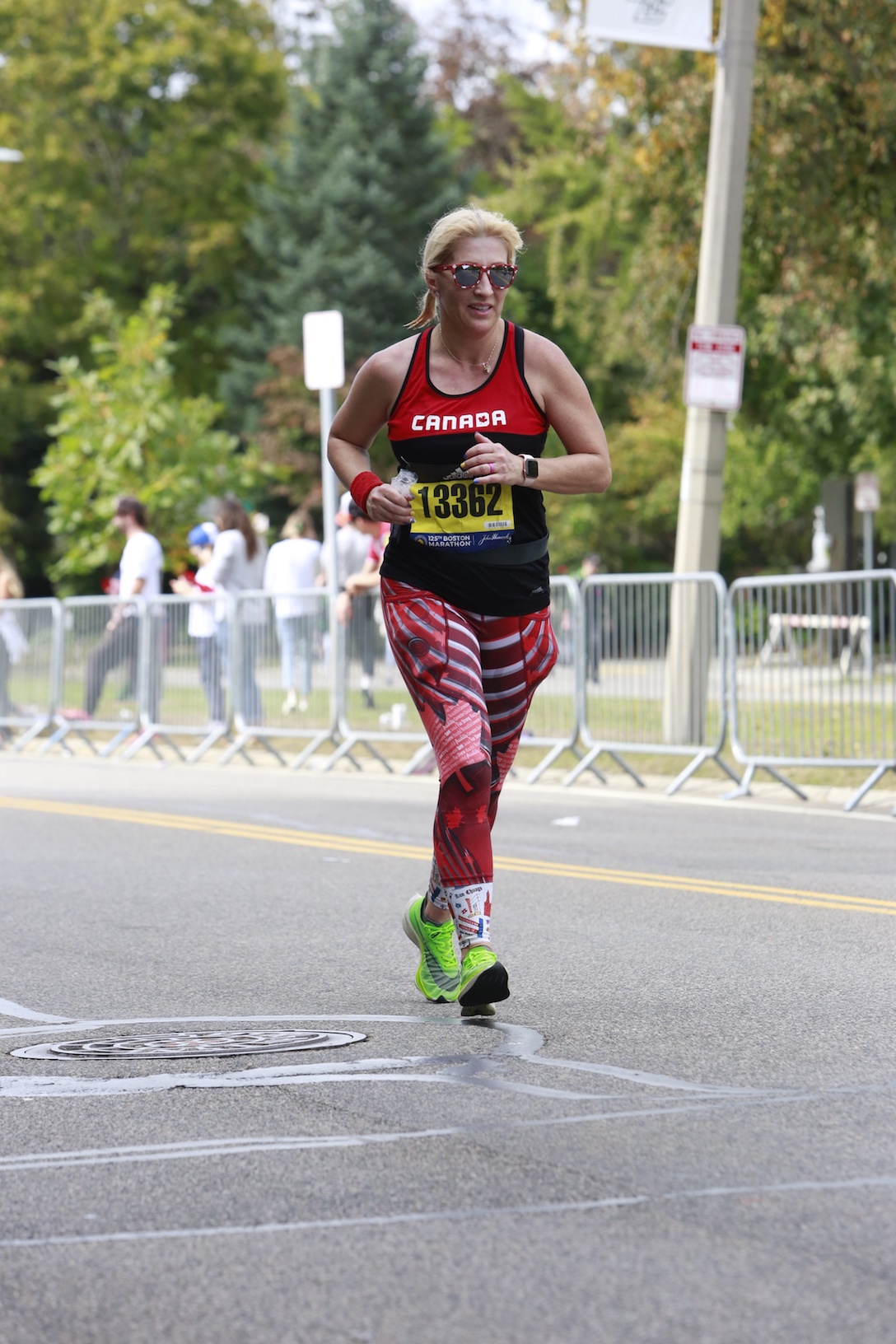 It felt like a long road getting to the Boston Marathon. I trained hard in 2019 to qualify at the Edmonton Marathon and was accepted to run Boston in April 2020. I was training for the run in early 2020 but in mid-March, Covid forced the marathon to postpone to Fall 2020. I was training again for the oldest marathon through the summer, but it was clear, in-person races weren’t going to be possible so I took the option to run Boston virtually in September 2020. The 2021 marathon wasn’t going to be a reality for the spring 2021 but eventually it was scheduled for October 11, 2021. I made the extra tight qualifying cuts for acceptance and was cautiously optimistic it would be a go.
It felt like a long road getting to the Boston Marathon. I trained hard in 2019 to qualify at the Edmonton Marathon and was accepted to run Boston in April 2020. I was training for the run in early 2020 but in mid-March, Covid forced the marathon to postpone to Fall 2020. I was training again for the oldest marathon through the summer, but it was clear, in-person races weren’t going to be possible so I took the option to run Boston virtually in September 2020. The 2021 marathon wasn’t going to be a reality for the spring 2021 but eventually it was scheduled for October 11, 2021. I made the extra tight qualifying cuts for acceptance and was cautiously optimistic it would be a go.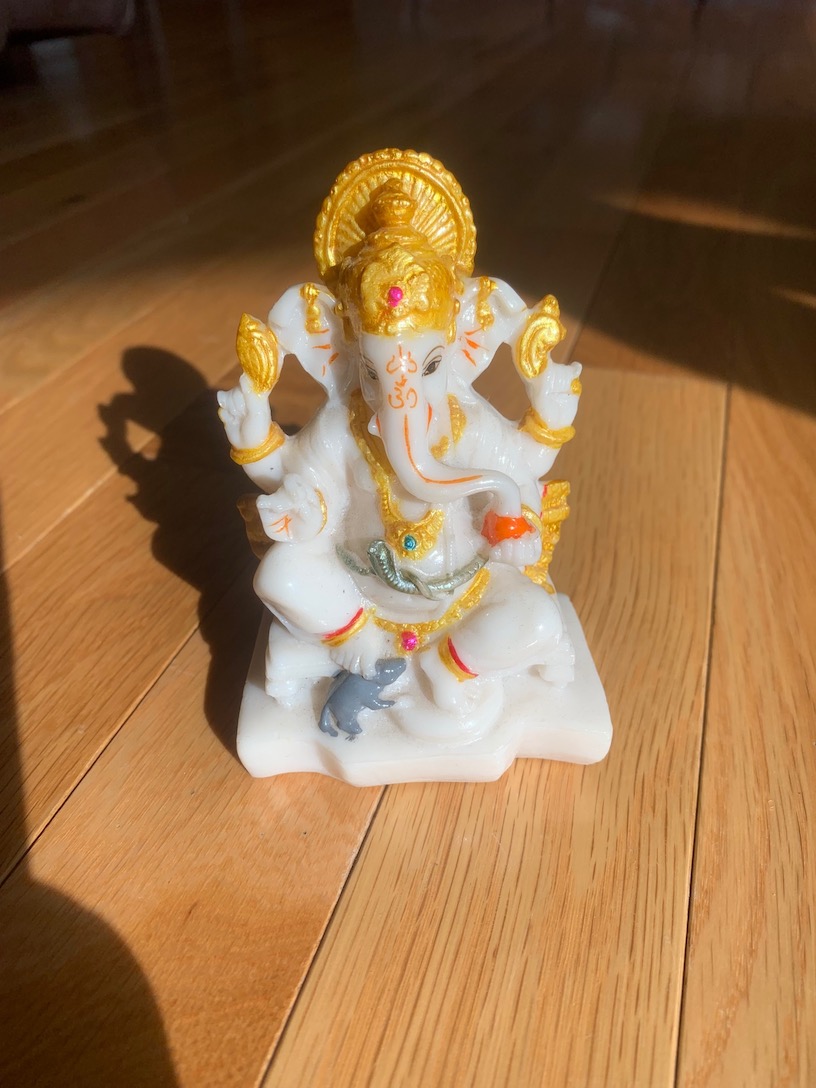
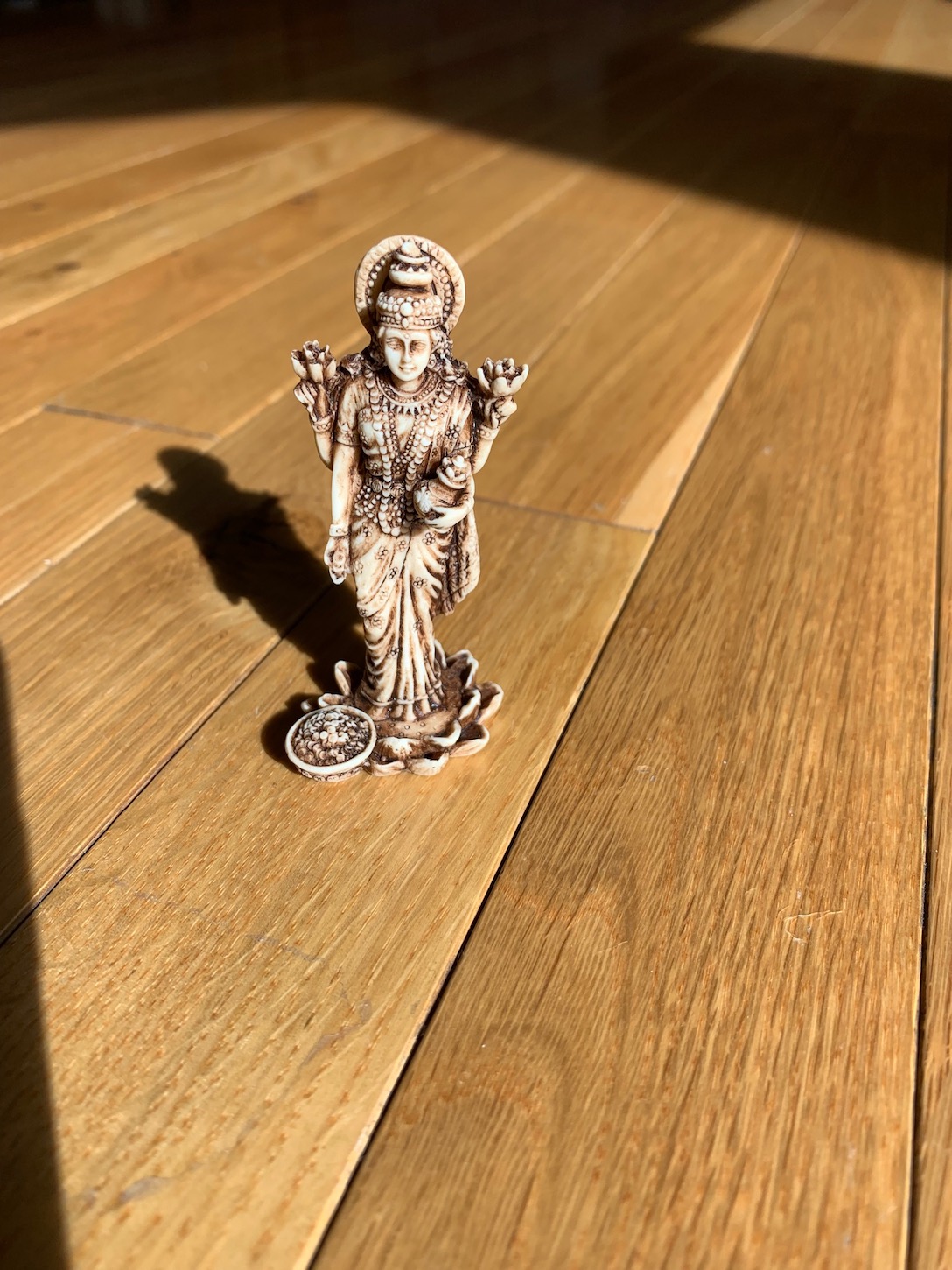 Lakshmi is the goddess of wealth, fortune, power, luxury, beauty, fertility, and auspiciousness. She holds the promise of material fulfilment and contentment. She is described as restless, whimsical yet maternal, with her arms raised to bless and to grant. For centuries Hindus have invoked her thus:
Lakshmi is the goddess of wealth, fortune, power, luxury, beauty, fertility, and auspiciousness. She holds the promise of material fulfilment and contentment. She is described as restless, whimsical yet maternal, with her arms raised to bless and to grant. For centuries Hindus have invoked her thus: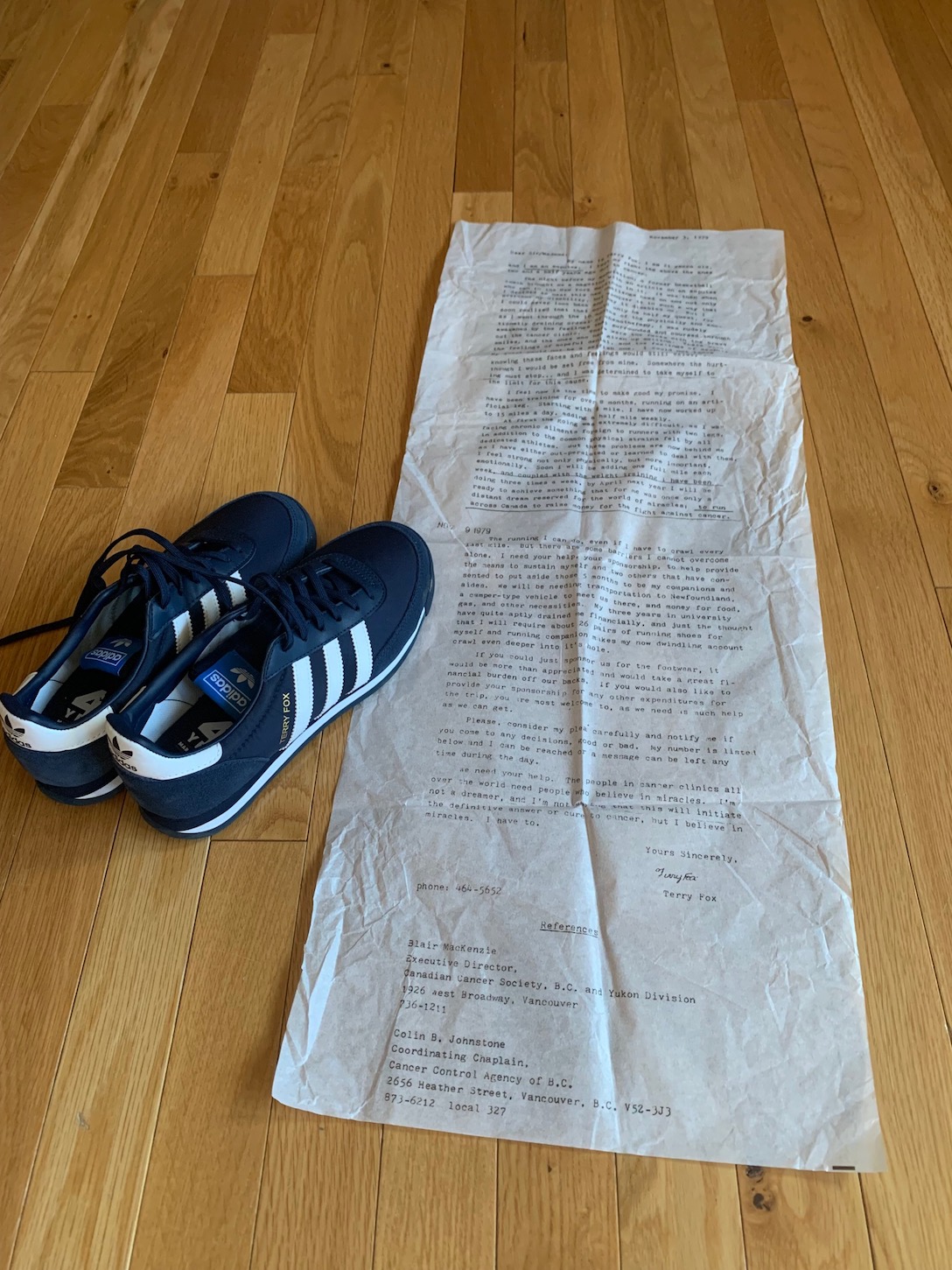
 Two of my loves are yoga and running. I was over the moon when I was able to combine the two by leading running and yoga clubs. Taking this one step further would be applying the 8 Limb Path to running.
Two of my loves are yoga and running. I was over the moon when I was able to combine the two by leading running and yoga clubs. Taking this one step further would be applying the 8 Limb Path to running.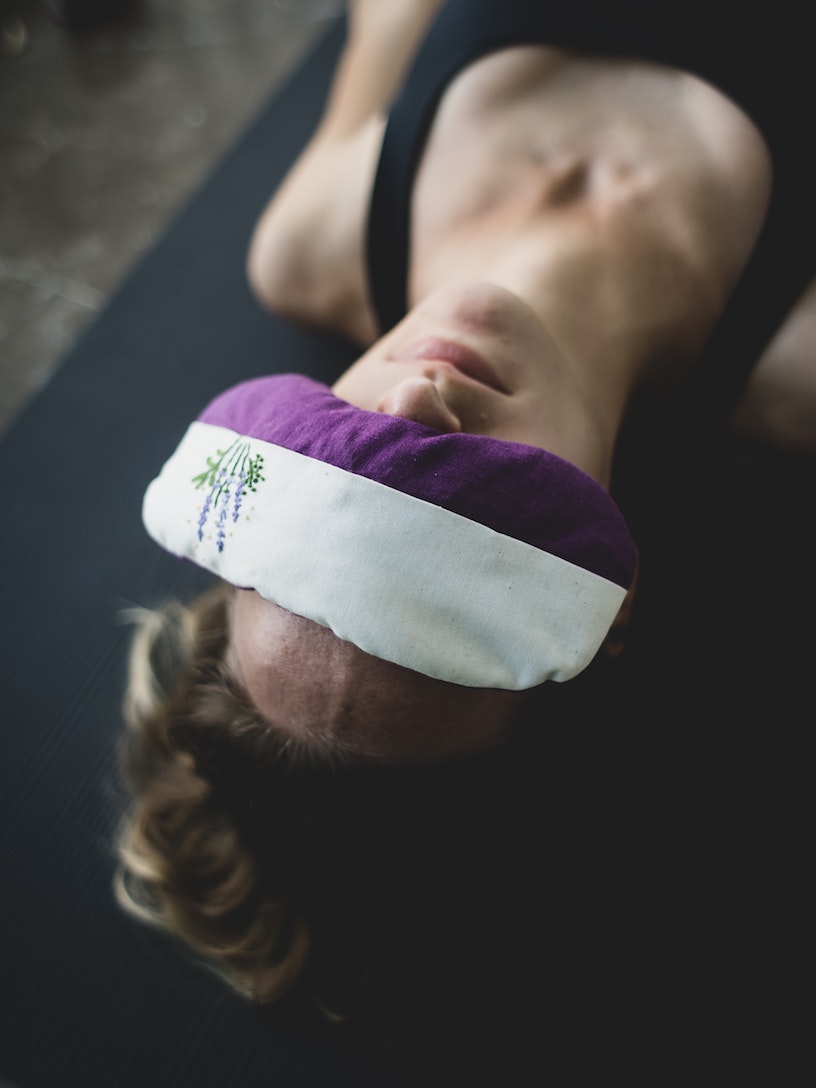

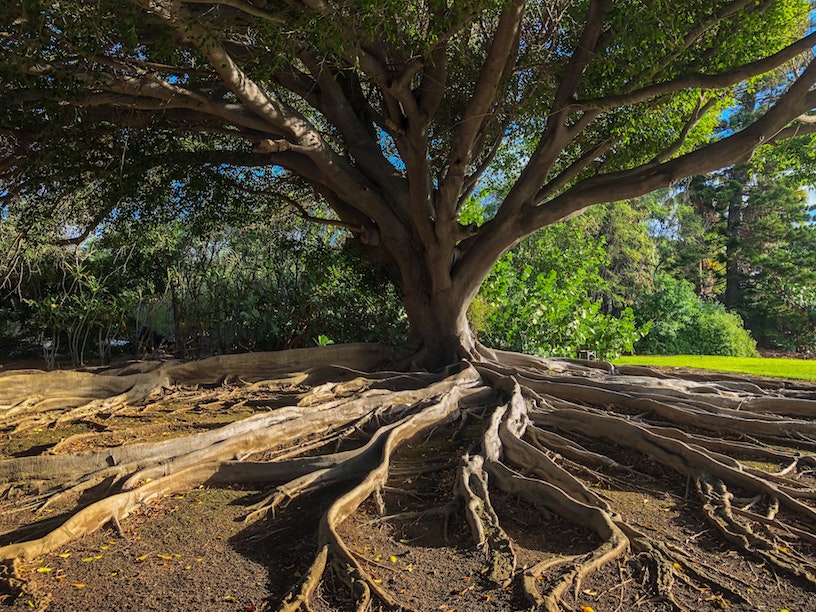 Outlined in Patanjali’s Yoga Sutra, is the”eight limbs”. These eight steps basically act as guidelines on how to live a meaningful and purposeful life. They serve as a prescription for moral and ethical conduct and self-discipline; they direct attention toward one’s health; and they help us to acknowledge the spiritual aspects of our nature.
Outlined in Patanjali’s Yoga Sutra, is the”eight limbs”. These eight steps basically act as guidelines on how to live a meaningful and purposeful life. They serve as a prescription for moral and ethical conduct and self-discipline; they direct attention toward one’s health; and they help us to acknowledge the spiritual aspects of our nature.
